SIR PAUL EDMUND STRZELECKI – HISTORY EXHIBITION (ADELAIDE 19.05.2023)
(presented by Małgorzata Kwiatkowska, President of Polish Community Council of Australia)
I would like to thank the organisers for the invitation. I am honoured and delighted to be here with you today.
On behalf of the Polish Community Council of Australia I extend my congratulations to the organisers of this special exhibition – the Polish Hill River Church Museum committee - to commemorate a distinguished Pole, tireless explorer, scientist, geologist and philanthropist, Sir Paul Edmund Strzelecki.
Every celebration which reminds us of Paul Strzelecki’s work and achievements deserves a prominent display because his accomplishments constitute a very important element of Australian history and are part of the cultural heritage of the Polish community in Australia.
I would like to thank Marysia Thiele and Ted Dudziński for the substantive and technical development of the exhibition and the Dom Polski Centre for making it available for the exhibition.
In connection with the 150th anniversary of his death, the Parliament of the Republic of Poland announced 2023 as the Year of Sir Paul Edmund Strzelecki. He was the first Pole who, on his own initiative, circumnavigated the globe for scientific purposes.
I would like to draw your attention to his achievements during his stay in Australia in the years 1839 – 1843, and the legacy he left behind for Australians.
His main interest was the mineralogy of Australia. He discovered gold and silver near Wellington (NSW) and in the Vale of Clwydd in the vicinity of Lithgow.
Strzelecki also set out on an expedition into the Australian Alps and explored the Snowy Mountains.
In 1840 he discovered the highest peak in Australia. Strzelecki reached the top by a route that was not repeated until 1983 (that is, for over 140 years), when an outstanding Polish community member and president of the Polish Community Council of Australia, Dr. Janusz Rygielski, made a historic ascent to the top of Mt Kosciuszko by Strzelecki's route - alone, braving gullies and streams, and unyielding thicket.
Strzelecki named the highest peak Mount Kosciuszko in honor of the Polish and American national hero, Brigadier General Thaddeus Kosciuszko. For these acts, the Kościuszko National Park with Mount Kościuszko proudly reaching the sky in its midst assume a special meaning for Poles and the Polish community living in Australia and are an exceptional symbol in the history of Polish-Australian relationship.
The Kościuszko National Park is also recognized as part of Aboriginal cultural heritage and as such becomes part of Australian national identity. Sir Paul Strzelecki understood the plight of First Nations; he was strongly opposed to slavery and suffering. It is therefore not surprising that he chose the proud name of a Polish freedom fighter, a democratic leader for Australia's highest mountain.
These two outstanding Poles, their notable names and extraordinary deeds, left a lasting impression not only on the past but the present and future of Poland and Australia.
From 1840 to 1842 Strzelecki was based in Launceston, Tasmania. He explored nearly every part of the island, usually on foot with three men and two pack horses.
Strzelecki left Tasmania arrived in Sydney in October 1842. At the end of that year he collected specimens in northern New South Wales, and in April of 1843 he left Australia for England. On the way, he travelled 11,000 kilometres through New South Wales, Victoria and Tasmania, studying the geology of the land along the way.
In 1845 he wrote a monumental work entitled A Physical Description of New South Wales and Van Diemen's Land which for many years was the main source of knowledge about Australia.
In 1846 The Royal Geographical Society awarded Strzelecki a Gold Founder's Medal for his comprehensive work on Australia.
Strzelecki's name can be found in many places on the map of Australia, for example in South Australia - Strzelecki Lake, Dessert, Creek, in Victoria - Strzelecki Rangers, Track and Highway, in NSW - Strzelecki Scenic Lookout, in Tasmania on Flinders Island - Strzelecki National Park with Mount Strzelecki. There are also many Strzelecki’s monuments and memorial plaques in Australia.
He was noted for his contributions to the exploration of Australia, particularly the Snowy Mountains and Tasmania, and for climbing and naming the highest mountain on the continent, Mount Kosciuszko.
Strzelecki was the main agent of the British Relief Association during the Great Famine in Ireland. He developed a visionary and exceptionally effective mode of assistance: feeding starving children directly through the schools. But this is another story.
Australia remembers Sir Paul Edmund Strzelecki. At the turn of 1973/74, on the occasion of the 100th anniversary of his death, he was honoured on a postage stamp depicting his portrait issued by Australia Post.
In the same year, on the initiative of the Association of Polish Philatelists in Australia, a postcard was issued for 7 cents.
Anniversary celebrations are a great opportunity to consolidate the image of Polonia as a community that wants to share the common history and experiences, including the Polish contribution to multicultural Australia.
I trust you will enjoy this valuable, comprehensive exhibition.
Congratulations once more and thank you for your attention!








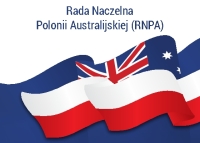

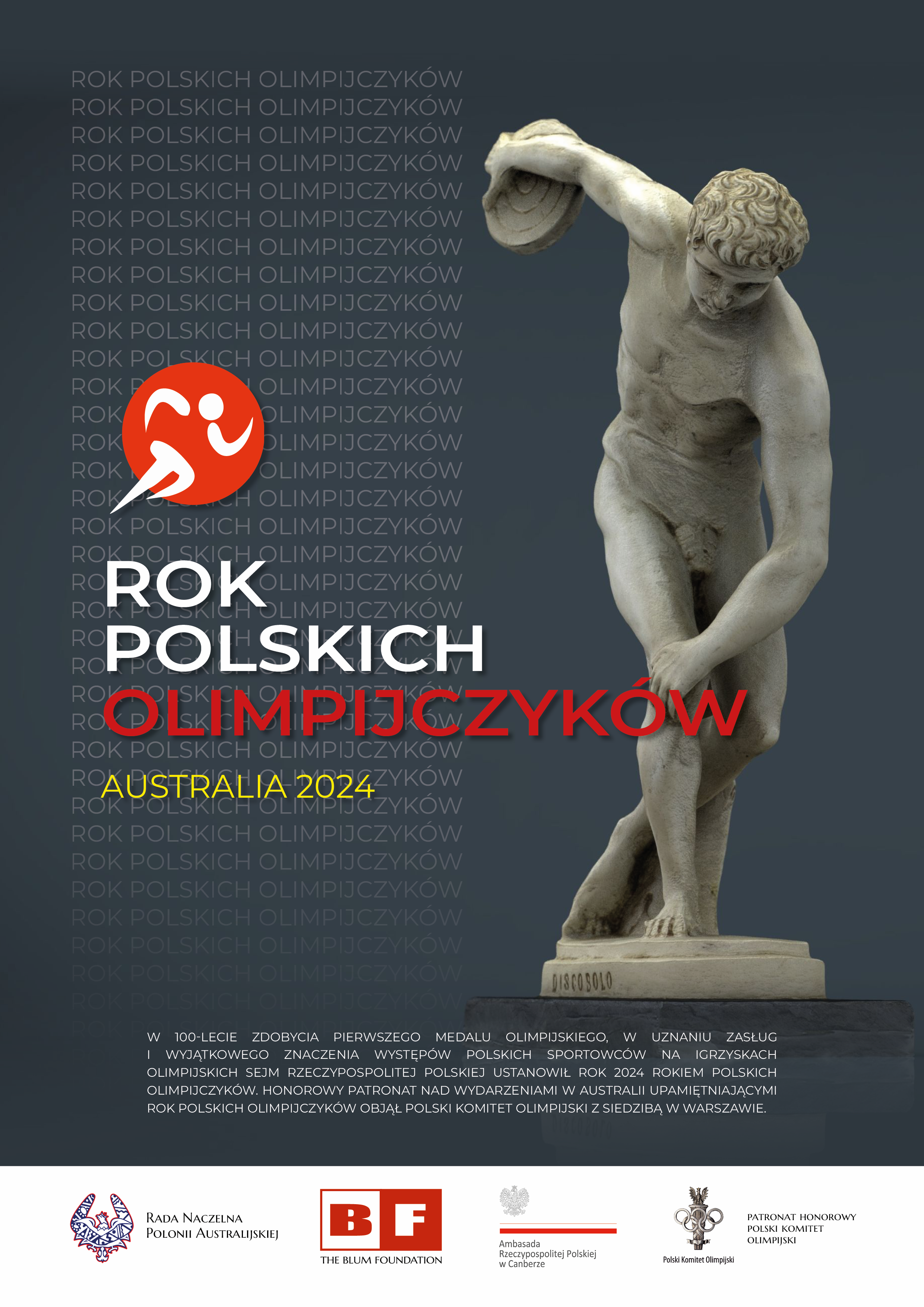

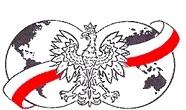
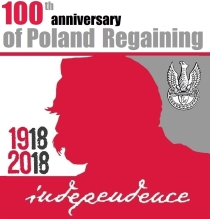
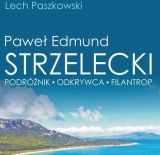



 Dostęp do archiwalnych dokumentów Rady Naczelnej Polonii Australijskiej
Dostęp do archiwalnych dokumentów Rady Naczelnej Polonii Australijskiej